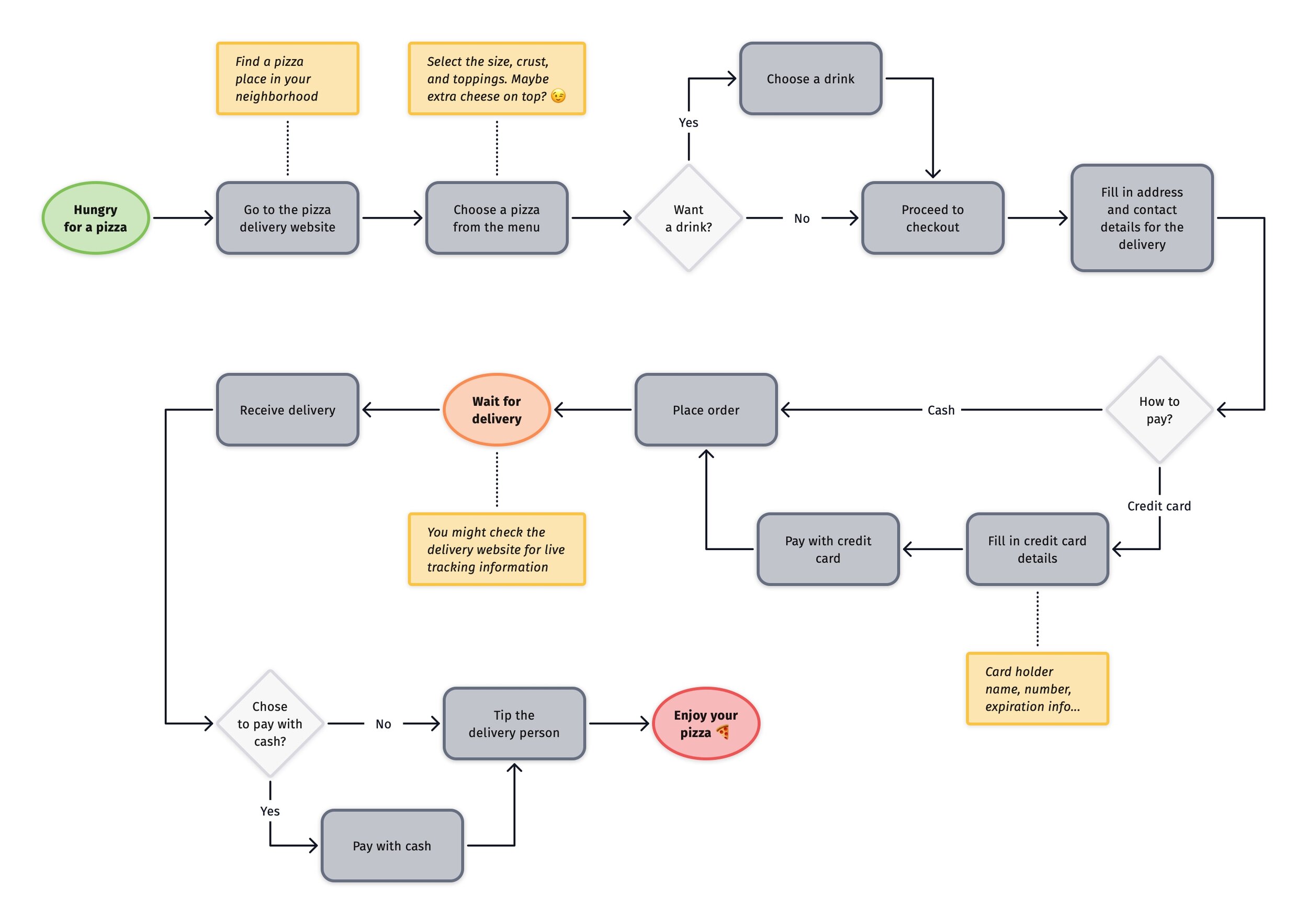It’s completely up to you if and how you configure your palettes. Diagrams doesn’t dictate which palettes to use or how exactly to organize your types. It does give you tools and just enough freedom to get creative. We believe this unique approach is ideal because our users come from different domains and have different use cases, and our app caters to all those possibilities. The “one-size-fits-all” rule doesn’t always apply.
Where Does This Lead?
If you’re coming from Diagrams 1.0 and you were a true fan of its simple nature, don’t worry. While we made the app more powerful, we tried to keep the palette functionality as unobstructive as possible. Enriching the app’s capabilities without compromising on simplicity is a general principle we strive for, and we think we delivered on it this time.
You might be surprised to discover we didn’t introduce an inspector sidebar that would enable changing attributes directly on the canvas selection. This pattern, which is common in apps that are seemingly similar to Diagrams, doesn’t fit with our semantic approach or our overall vision for the app. We see Diagrams as a diagramming app that supports you primarily when working in a structured manner.
That being said, we see a lot of possibilities of how to expand on the new palette functionality. While you can already import palettes from existing documents, it’s certainly possible to build a general import/export for palettes or even add support for storing your palettes as presets. Now that the visual attributes of element and relationship types can be set individually, there are so many directions we could take this, and boy, do we have a lot of ideas!
With version 2.0, the app has made a major step toward its maturity, but there are still many fundamental features we’d like to add, especially related to the canvas and system integration. The work on the palette kept us busy over the past couple of months, and we’re now ready to continue focusing on our roadmap. But we can assure you that Diagrams has a brighter future than ever. To follow along on our journey, you can find us on Twitter or subscribe to our newsletter. Until next time!
















